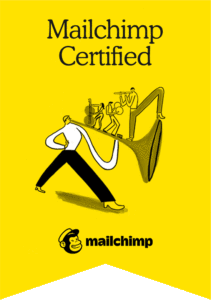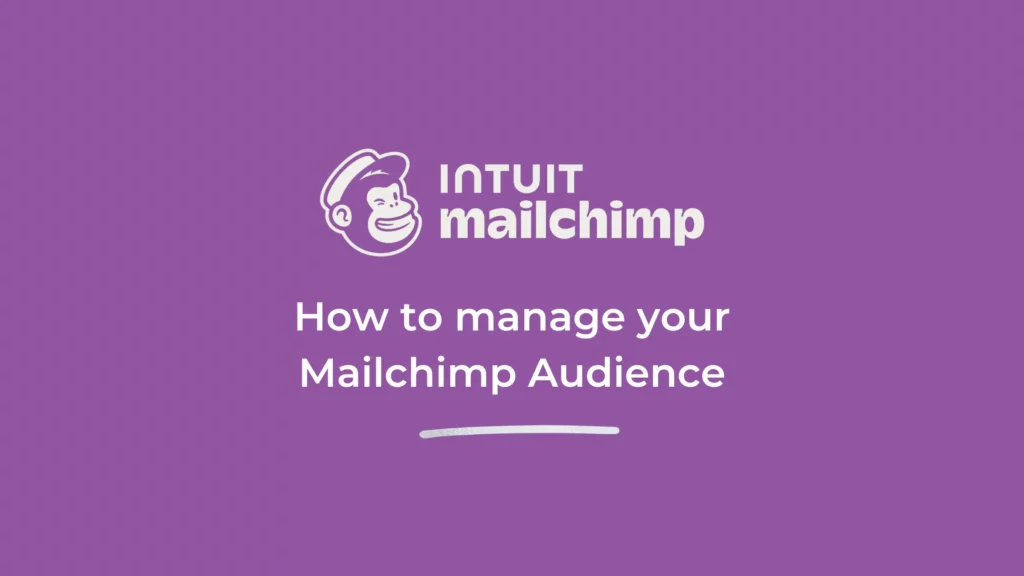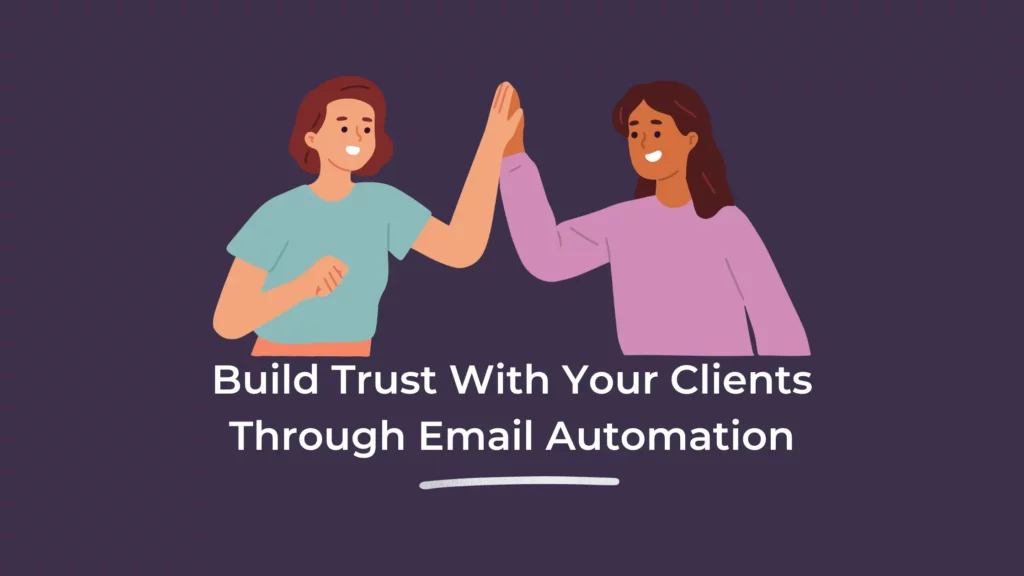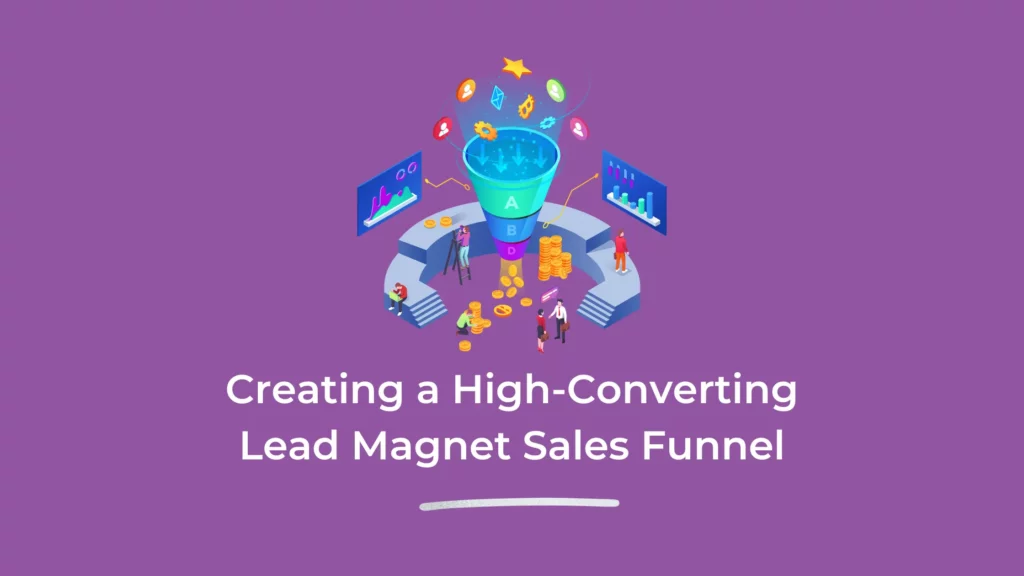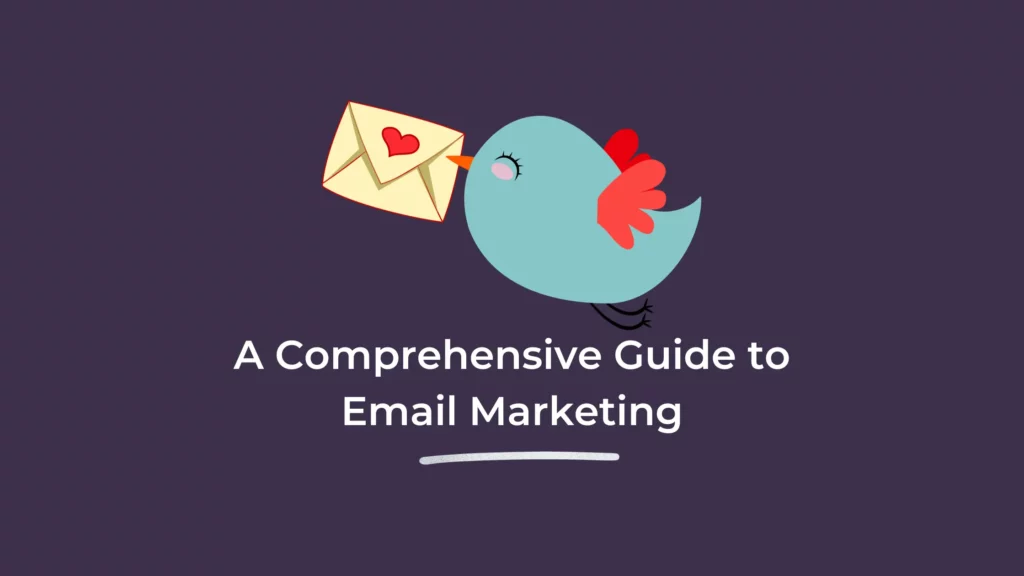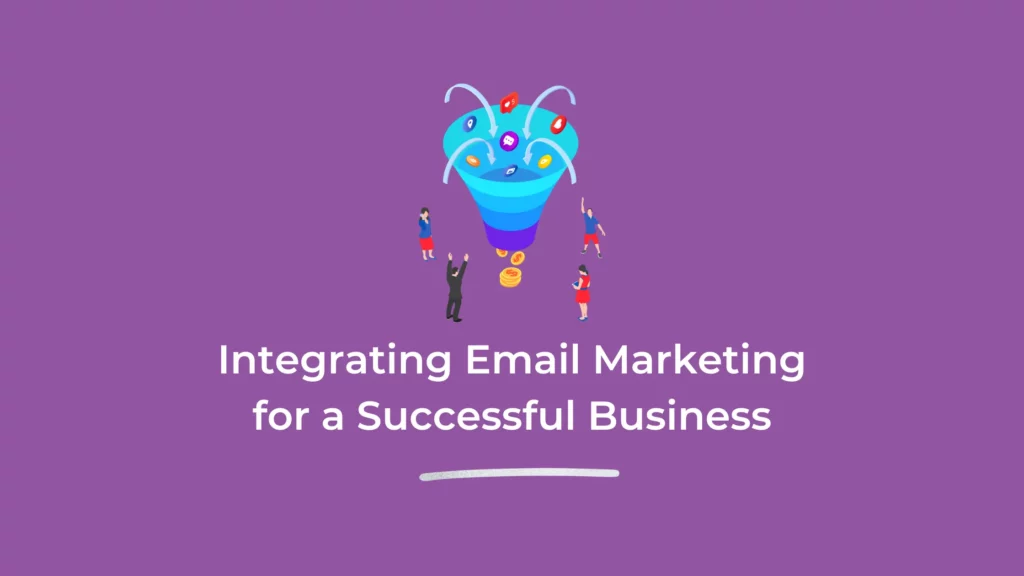Table of Contents
How many times have you looked at your Mailchimp audience and wondered what the difference is between contacts and subscribers?
- Contacts are the number of people on your list.
- Subscribers are the number of people who have opted into your emails.
Understanding how to effectively manage your Mailchimp audience is key to leveraging this popular email marketing tool.
Mailchimp is sneaky and your unsubscribed contacts remain on your list. Meaning you’re paying for them but you can’t send them emails.
And that sucks because it means you’re giving Mailchimp money that should remain in your bank account.
With a little knowledge, you gain greater control over your audience and can use Mailchimp to its full potential for your email marketing and business growth.
So let’s explore the different statuses within Mailchimp so you can keep your mailing list clean and mange your audience better.
Mailchimp Audience Statuses
Subscribed Contact:
These are individuals who have actively opted in to receive your email marketing campaigns.
They are the core of your audience and can receive all types of marketing emails. Remember, these contacts count towards your monthly plan limit.
Unsubscribed Contact:
These contacts have chosen to opt out and no longer receive marketing emails, but they can still be reached with ads, postcards, and transactional emails.
Notably, unsubscribed contacts continue to count towards your monthly plan.
Pro Tip: Archive unsubscribed contacts to ensure they don’t count towards your monthly plan limit.
Non-subscribed Contact:
These are individuals who have interacted with your business (often through your online store) but haven’t opted in for marketing emails.
They count towards your monthly plan limit and can receive non-email marketing communications.
Cleaned Contacts:
These are email addresses that have been removed due to hard or repeated soft bounces.
Hard bounces occur due to incorrect email addresses, while soft bounces might happen when an inbox is full.
Cleaned contacts don’t count towards your plan limit and can’t receive any emails.
Pro Tip: If a cleaned contact has a typo in their email address, you can re-add them manually with the correct details.
Pending Contacts:
These are individuals who have signed up but haven’t confirmed their subscription.
They remain pending for 60 days before being removed if unconfirmed and do not count towards your plan limit.
Archived Contacts:
Archiving a contact removes them from your active audience list but retains their data.
Archived contacts don’t count towards your plan limit and can’t receive marketing emails.
The Importance of Transactional Emails
We can’t talk about audience management with understanding the difference between transactional and marketing emails.
Transactional emails are essential for communicating with your contacts about their account activities or commercial transactions.
They differ from your email sequences, email newsletters and any other ‘marketing’ email you may send.
These can include order confirmations, password reminders, and other non-marketing communications.
So even if someone has unsubscribed from your ‘marketing’ emails, you can still send them transactional emails.
Just don’t go adding them back to your mailing list without their permission!
Optimising Your Mailchimp Strategy
But what does cleaning your Mailchimp audience have to do with optimising your strategy?
Keeping your list clean, filled with people who WANT to hear from you means:
- You’ll save money by being on the correct paid plan.
- You’ll get better results from the newsletters you send
And that means your email marketing strategy will be far more effective.
Bookmark this blog article, and refer back to it every quarter.
P.S. That’s how often you should go through your Mailchimp audience to keep it clean and tidy.
This ensures that your email marketing efforts are more personalised and effective.
And you aren’t wasting money on those who have unsubscribed!
How to Manage Your Audience in Mailchimp
We can’t talk about how to manage your audience without talking about how Mailchimp does it. They do things a little differently.
This may seem counter-intuitive, especially if you want to send highly targeted campaigns.
But Mailchimp makes up for this with their tagging system.
Tags act like labels for your contacts, allowing you to categorise them based on specific details you collect, like interests, demographics, or signup source.
These tags can then be used to create segments, which are dynamic audiences built around shared traits. This way, you can craft email newsletters that resonate with specific segments of your audience, keeping your content relevant and improving engagement.
Here’s the breakdown:
Single Audience: Mailchimp differs from some competitors by using a single central list to store all your contacts. This simplifies organization and avoids confusion with scattered databases.
Segmentation with Tags: While there’s just one main audience, Mailchimp empowers you to create targeted campaigns through a tagging system. You can assign tags to contacts based on various criteria you collect during signup, like interests (e.g., “fitness,” “cooking”) or demographics (e.g., “location,” “age group”).
Dynamic Segments: Using tags, you build segments – dynamic subsets of your audience that share specific characteristics. These segments update automatically as your audience interacts with your emails or signup forms. This ensures your campaigns reach the right people at the right time.
Looking for someone to help you manage your email marketing? I’m Mailchimp certified…
